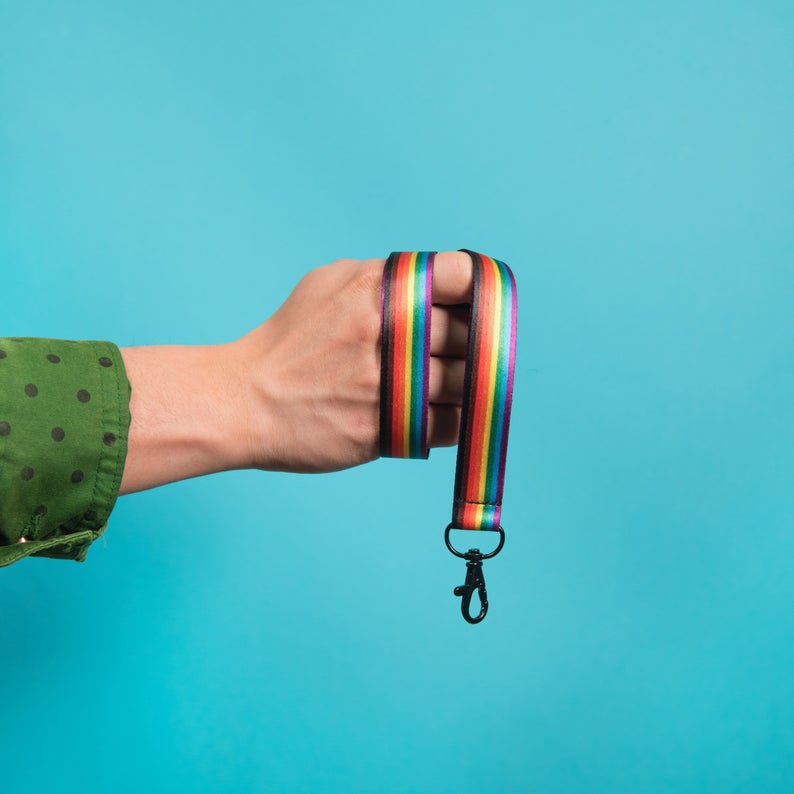Recent debate around “performative allyship” has been raging across many equity groups of late. When Donald Trump was first elected “allies” began wearing safety pins to show support. As Ernest Owens said in his article in 2017 this step didn’t require any real allyship or support.

The same can be said of the current workplace trend to wear rainbow lanyards or pins. You don’t need to actually do anything to be able to wear that ally symbol.
I was facilitating a consultation with LGBTQ+ identifying staff and self nominated allies a few years back. The session was focused on how we can create more inclusion. One of the allies suggested that we needed to provide rewards for the ally program, give them a reason to sign up and put in more time. She wanted to receive something for being an ally. As you can imagine this did not land well with the LGBTQ+ identifying participants.
So what attributes does a true LGBTQ+ ally have? What actions do they take?
1. You can’t call yourself an ally
True LGBTQ+ allies are recognised by LGBTQ+ identifying people, you can’t proclaim yourself an ally. You can’t know whether you are being a true ally unless someone who has lived experience recognises you as such. This will mean you have done something that they valued, that made their life easier, that took the burden off their shoulders – that’s true allyship.
2. Accept being called out
When you put yourself into the arena on LGBTQ+ inclusion you will get it wrong. You may say or do the wrong thing and you may get called out for it. The important part is not that you said something wrong, the important part is how you responded when you were called out.
If you attempt to justify your comments, insist that you didn’t intend to cause harm or minimise the impact of your words or actions – then you are not a true ally. Impact not intention is what matters here.
If you get called out apologise, educate yourself on what you did wrong and try really hard not to make the same mistake again.
3. Speak up
I recently was witness to an incredibly transphobic conversation. A self proclaimed ally was also present and failed to speak up, leaving me, as an LGBTQ identifying person, to call out the comments and educate the person. Afterwards the “ally” said they trusted my approach so left me to it.
I had personal skin in the game and a true ally would take that burden off me and step up, call out the hurtful language. It’s tough being an active bystander but it’s part of the job of being an ally – you shouldn’t be able to choose when you perform that role and when you step away.
4. Hand over the microphone
On the flip side there are times when allies need to step off the podium and hand over that microphone. Don’t accept that panel invitation to talk about LGBTQ+ inclusion if there is someone who identifies who should be there. Don’t take up speaking time to talk about your friends/cousins/best friends experiences of being LGBTQ+ when people who have actual lived experience are present and can talk for themselves – step aside, give them the moment.
5. Educate yourself
The final tip? Educate yourself. Don’t rely on the LGBTQ+ community to educate you. Read books, listen to podcasts, take courses – build your knowledge so that your queer friends and colleagues can focus on living their lives rather than constantly building awareness and educating others. For ways to start this education visit www.breegorman.com.au/training.

